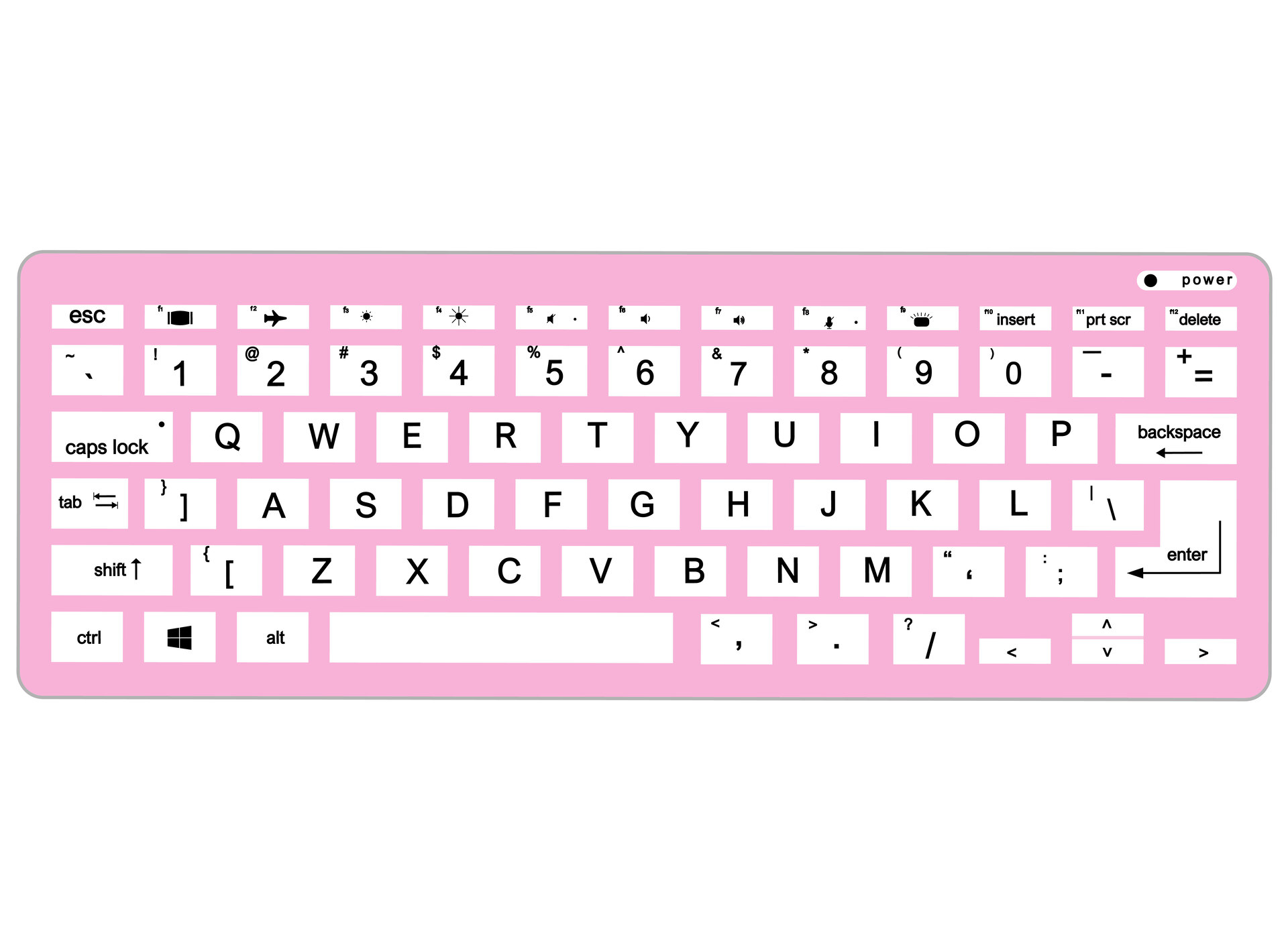
~ ` ! 1 2 # 3 $ 4 % 5 ^ 6 & 7 * 8 ( 9 ) 0 _ - + = Backspace Tab Q W E R T Y U I O P ] | \ Caps Lock A S H T G Y N E O I " ' Enter Shift Z X M C V K L.

This chart shows relative key frequencies as a heatmap. The classic QWERTY keyboard layout is an unfortunate historical accident and is not optimal, and that is why the other layouts were invented. It was the first to use the QWERTY keyboard layout as we know it today, giving users the option to type upper and lower case letters, moving between the two by use of a “Shift” key. This new machine was released in 1877 and was hugely successful. 1 and was a commercial failure failing to sell in large numbers.Īfter receiving feedback, the Remington company updated the machine to create the Remington No. The machine was produced under licence in 1875 by the New York based arms manufacturer, Remington and Sons. The Q key to the right should look like one of the options below and will help you to identify your keyboard layout: US English (if the Caps Lock key is below the Tab key) Chinese Pinyin (if the / key is below the key) Korean. Select the package name (for example, Keyboard) that is registered with the keypad you want to use, click Open, and the Package dialog box appears. Sholes redesigned the arrangement to separate the most common sequences of letters like “th” or “he”. If a user quickly typed a succession of letters whose type bars were near each other, the delicate machinery would get jammed. Youll see this in blue text under the checkboxes for 'Switching input methods.' In the 'Advanced Key Settings' tab you can change the keyboard shortcuts to alternate between keyboard languages. The type bars connecting the key and the letter plate hung in a cycle beneath the paper. Its under the header 'Language' next to an icon of a keyboard. Because typists have been trained on Qwerty keyboards since the 1860s and. The popular theory states that Sholes had to redesign the keyboard in response to the mechanical failings of early typewriters.

It is comfortable, ergonomic, and efficient, with frequent keys being placed within the natural range of motion of the fingers. An amateur inventor, politician, printer and newspaper man in Milwaukee by the name of Christopher Latham Sholes, often spent his spare time tinkering with and creating new machines to make his businesses more efficient. The Workman layout reduced lateral movement of the fingers and wrists, more balanced left and right hand usage.


 0 kommentar(er)
0 kommentar(er)
